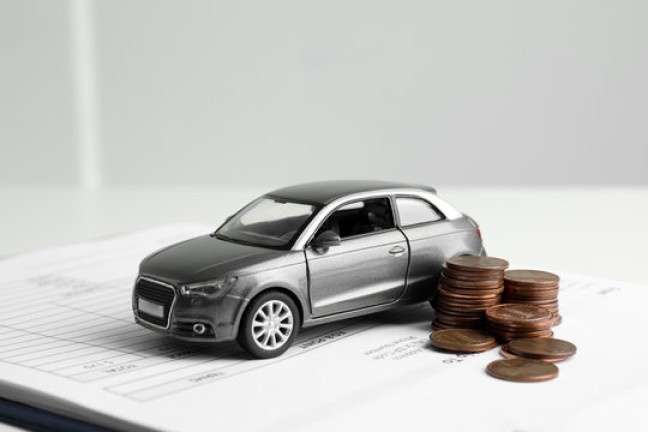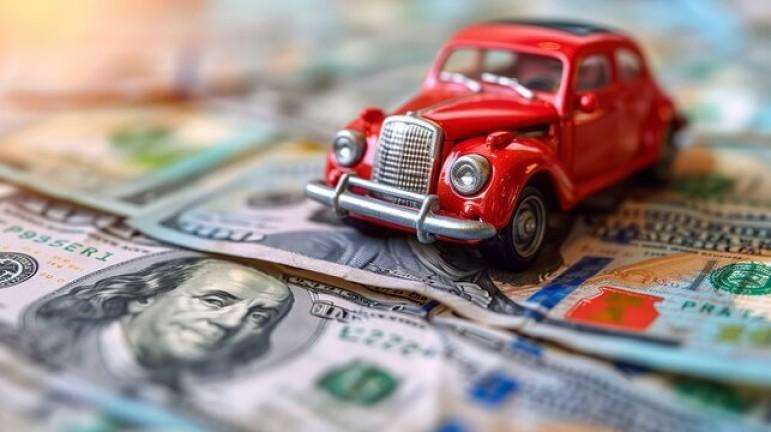When it comes to purchasing a new car, one of the biggest questions many buyers face is how to finance it. Car loans, especially those offering competitive interest rates, can be an excellent option, but it’s essential to understand what the rate means, how it affects your payments, and whether it’s the best deal for your financial situation. In this article, I’m going to explore 2.9% APR car finance, breaking down the terms, the numbers, and the benefits and drawbacks. I’ll walk you through how this kind of financing works, give you examples, and share insights on how to decide if it’s the right choice for you.
Table of Contents
What is APR?
APR stands for Annual Percentage Rate. It’s the interest rate you pay on a loan over the course of a year, including any additional fees associated with the loan. When a lender offers you 2.9% APR car finance, they’re saying that, over the course of a year, the interest you’ll pay on your car loan will be 2.9% of the amount you borrow. This might sound like a great deal, but it’s essential to consider a few key factors when deciding if it’s the best deal for your situation.
How Does 2.9% APR Work?
Let’s break it down into a more digestible example. Let’s say you’re looking to finance a car worth $30,000 with a 2.9% APR over a 5-year term.
Loan Amount: $30,000
APR: 2.9%
Loan Term: 5 years (60 months)
Monthly Payment: This is where things get interesting. The 2.9% interest rate is not just added to the loan amount; it’s spread across the life of the loan. The total cost of the loan will include both the principal (the $30,000) and the interest accrued over time.
Monthly Payment Calculation
To calculate the monthly payment, I can use a standard loan amortization formula, but the simplest way is to use an online loan calculator. For the sake of this example, I’m going to show you a basic calculation.
The formula I’ll use for monthly payments is:
M = P \times \frac{r(1 + r)^n}{(1 + r)^n - 1}Where:
- M = Monthly payment
- P = Principal loan amount
- r = Monthly interest rate (APR divided by 12)
- n = Number of payments (loan term in months)
Let’s calculate:
Principal (P): $30,000
APR (annual interest rate): 2.9%
Term (n): 5 years = 60 months
Using these numbers in the formula, I get the following monthly payment:
M = 30000 \times \frac{0.002417(1 + 0.002417)^{60}}{(1 + 0.002417)^{60} - 1}This comes out to approximately $539.32 per month.
Total Loan Repayment
So, the total cost of the loan would be $32,359.20, which means you’ll pay $2,359.20 in interest over the life of the loan.
Breaking It Down: Should You Choose 2.9% APR?
Now that we’ve seen how the 2.9% APR works in practice, let’s evaluate the pros and cons.
Pros of 2.9% APR Car Finance
- Lower Monthly Payments: As we saw in the example, a lower interest rate like 2.9% reduces the total interest you pay over the life of the loan. This means your monthly payments will be more affordable than with a higher APR.
- Total Loan Savings: The lower interest rate means you pay less in interest. Over time, the savings can add up. For example, let’s compare a 2.9% APR to a 5.9% APR for the same loan amount.
| APR | Monthly Payment | Total Paid Over 5 Years | Total Interest Paid |
|---|---|---|---|
| 2.9% | $539.32 | $32,359.20 | $2,359.20 |
| 5.9% | $571.60 | $34,296.00 | $4,296.00 |
As you can see, even though the monthly payment with the 5.9% APR is only slightly higher ($32.28), you end up paying an additional $1,936.80 in interest over the course of the loan.
- Fixed Rate: If you lock in a 2.9% APR, it’s typically a fixed rate. That means your interest rate won’t change over time, giving you predictable payments throughout the term of the loan.
Cons of 2.9% APR Car Finance
- Not Always Available: Not everyone qualifies for 2.9% APR. Lenders base APR offers on your credit score and other financial factors. If your credit is less-than-perfect, you may not get the 2.9% rate, and instead, you could be offered a higher rate.
- Long-Term Commitment: Even though the payments are lower, you’re still committing to a 5-year loan. That’s a lot of time to carry debt, and if you want to upgrade your car before the loan is paid off, you’ll be left with a balance on the loan that you still need to pay down.
- Total Cost of the Loan: While 2.9% APR is better than higher rates, you’ll still end up paying more than the original cost of the car, as shown in the calculation above. This is common with any loan, but it’s something to keep in mind.
2.9% APR vs. Other Financing Options
Let’s compare the 2.9% APR to other popular financing options, such as leasing and paying upfront.
1. Leasing a Car
Leasing a car allows you to drive a new car for a set period (usually 2-3 years) with lower monthly payments than a loan, but at the end of the lease, you have no ownership. For example, if you lease a car worth $30,000, you might pay around $400 per month for 36 months, but you won’t own the car when the lease ends.
Pros of Leasing:
- Lower monthly payments
- Regularly drive new cars
- Potential for tax deductions if using the car for business
Cons of Leasing:
- No ownership
- Mileage restrictions
- Potential for higher long-term costs if you lease repeatedly
2. Paying Upfront
Paying upfront means buying the car outright with cash or a bank transfer. The advantage here is that you don’t have to worry about monthly payments or interest. However, the downside is that it can deplete your savings.
Pros of Paying Upfront:
- No interest payments
- No monthly payments
- Full ownership of the car
Cons of Paying Upfront:
- Large immediate expense
- Limits your liquidity
Final Thoughts: Is 2.9% APR Right For You?
Ultimately, 2.9% APR car finance can be an excellent option if you’re in the market for a new car and want to keep your monthly payments manageable. If you have a good credit score and can qualify for this rate, it’s a solid choice. However, it’s important to weigh the long-term commitment and total cost of the loan against your budget and financial goals.
If you find that the interest rates are higher than 2.9% or you have trouble meeting the loan payments, it may be worth exploring other options, such as leasing or paying upfront. It’s crucial to make sure the loan fits your financial situation and that you feel comfortable with the terms. Always shop around, compare offers, and be sure to factor in all the costs before making a final decision.
In the end, it’s about understanding how the loan works and whether it aligns with your financial priorities. Take your time, do the math, and make the decision that works best for you.





